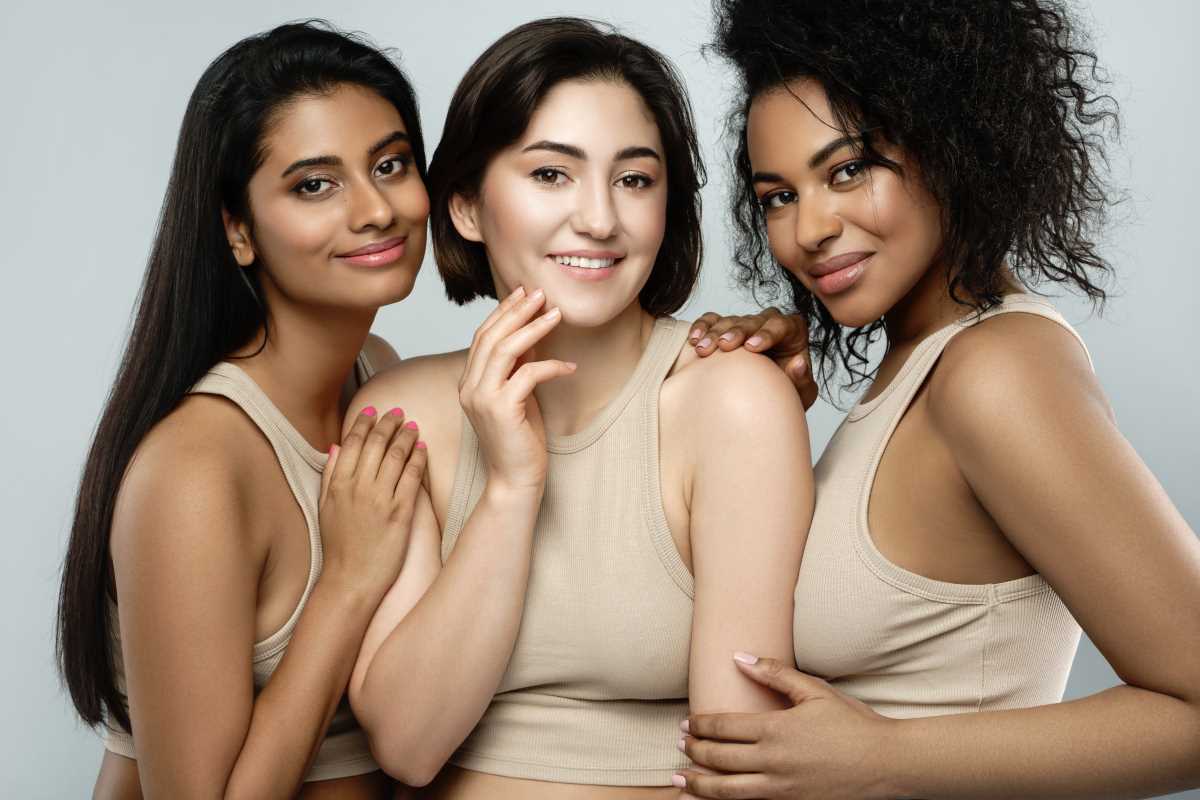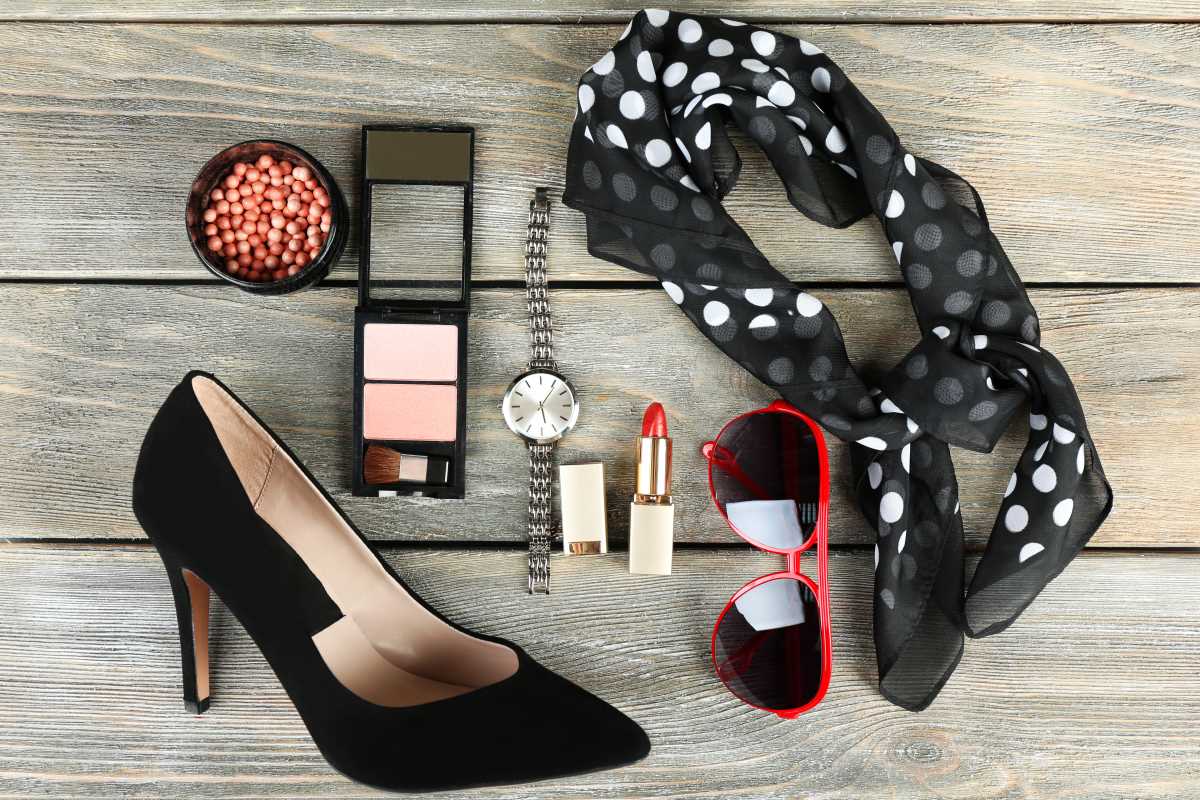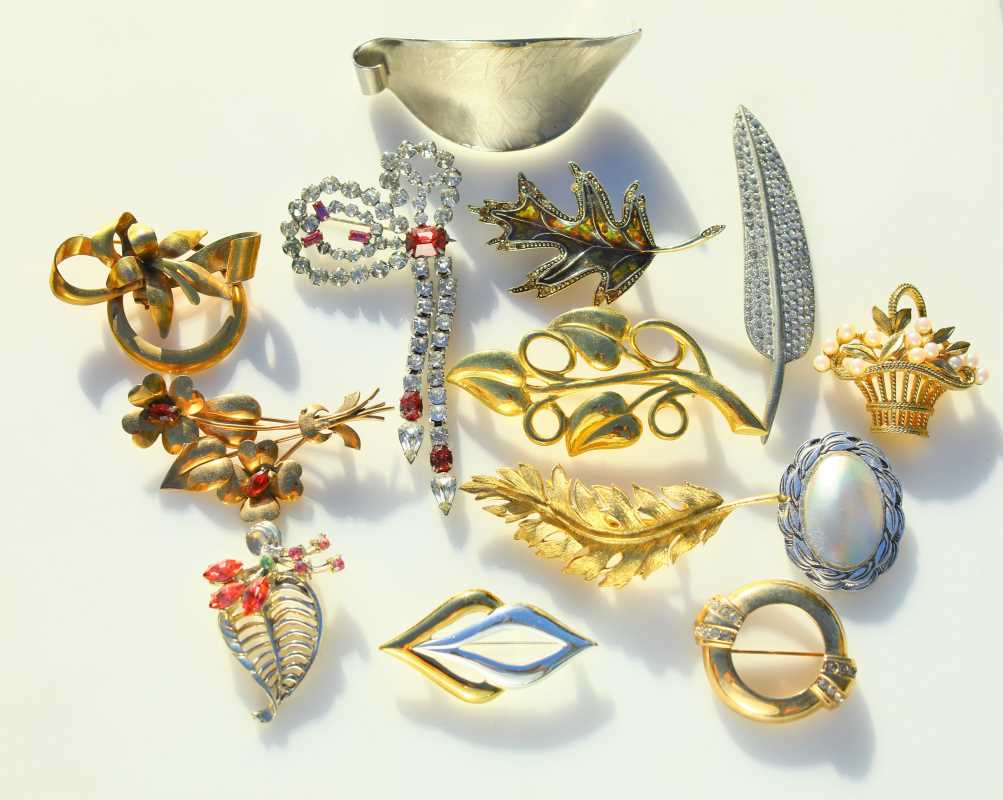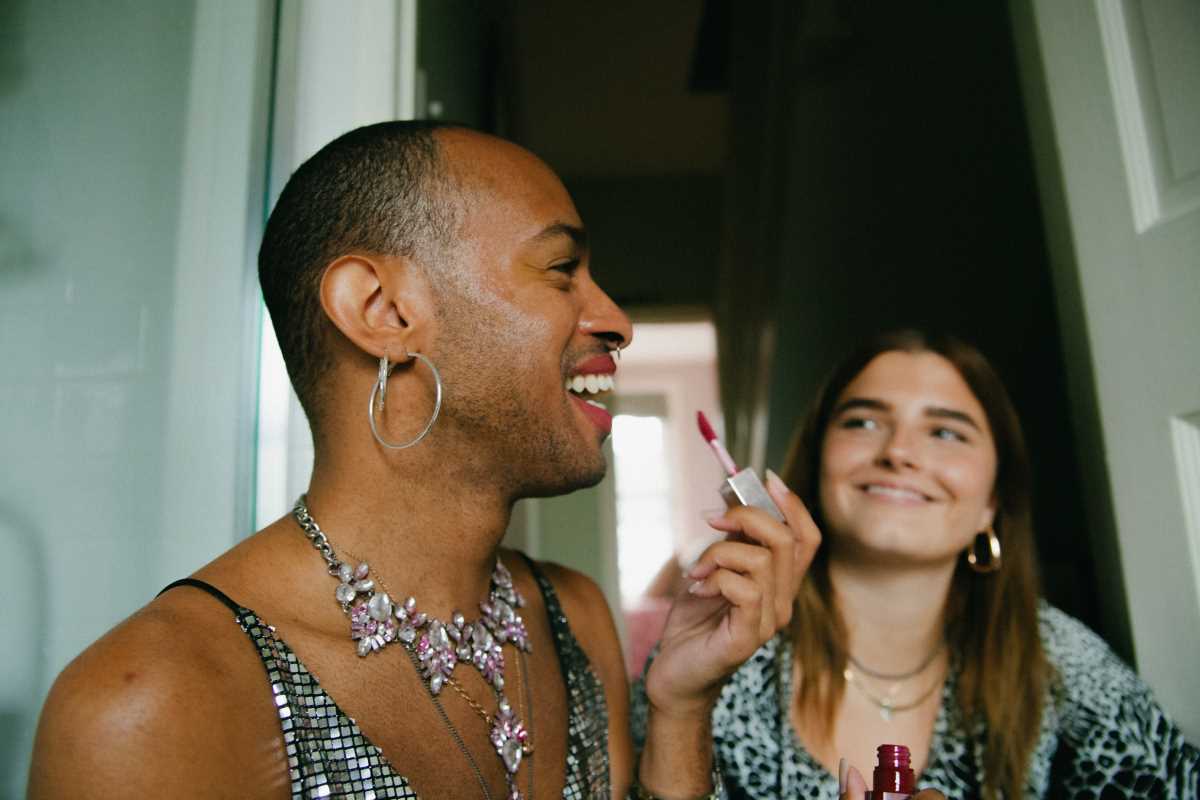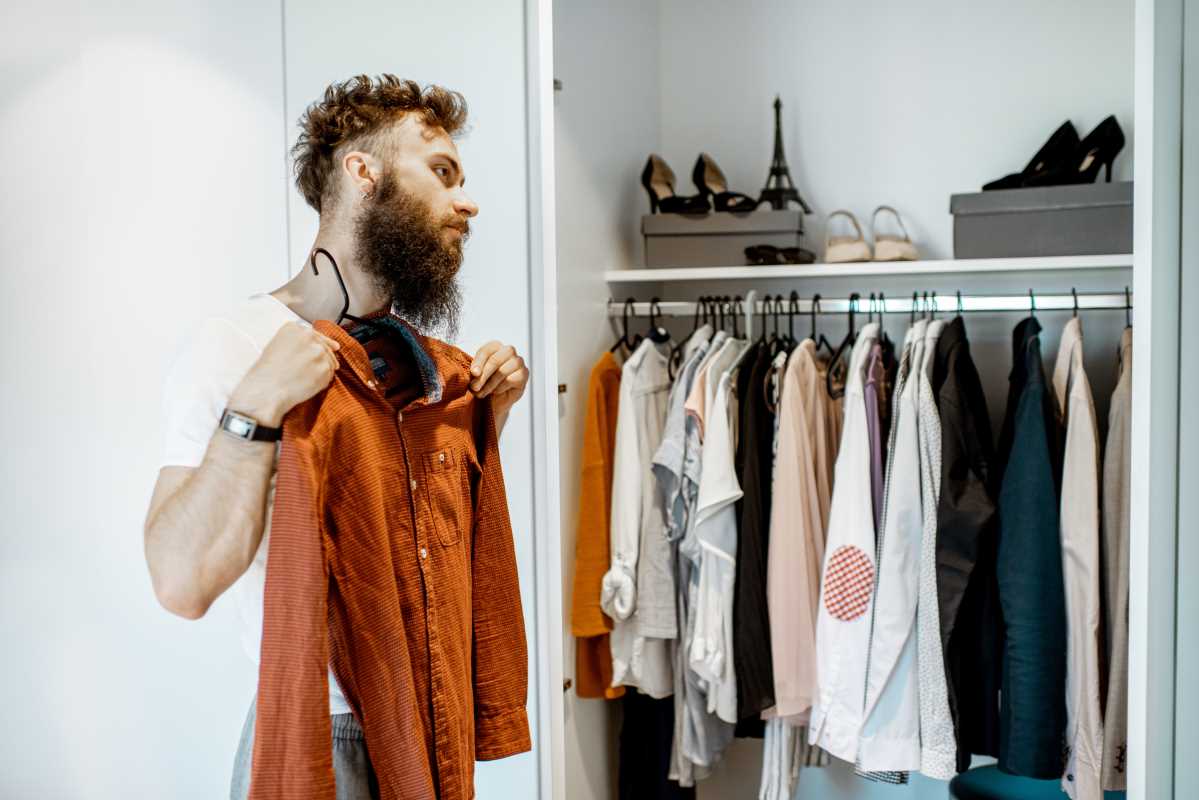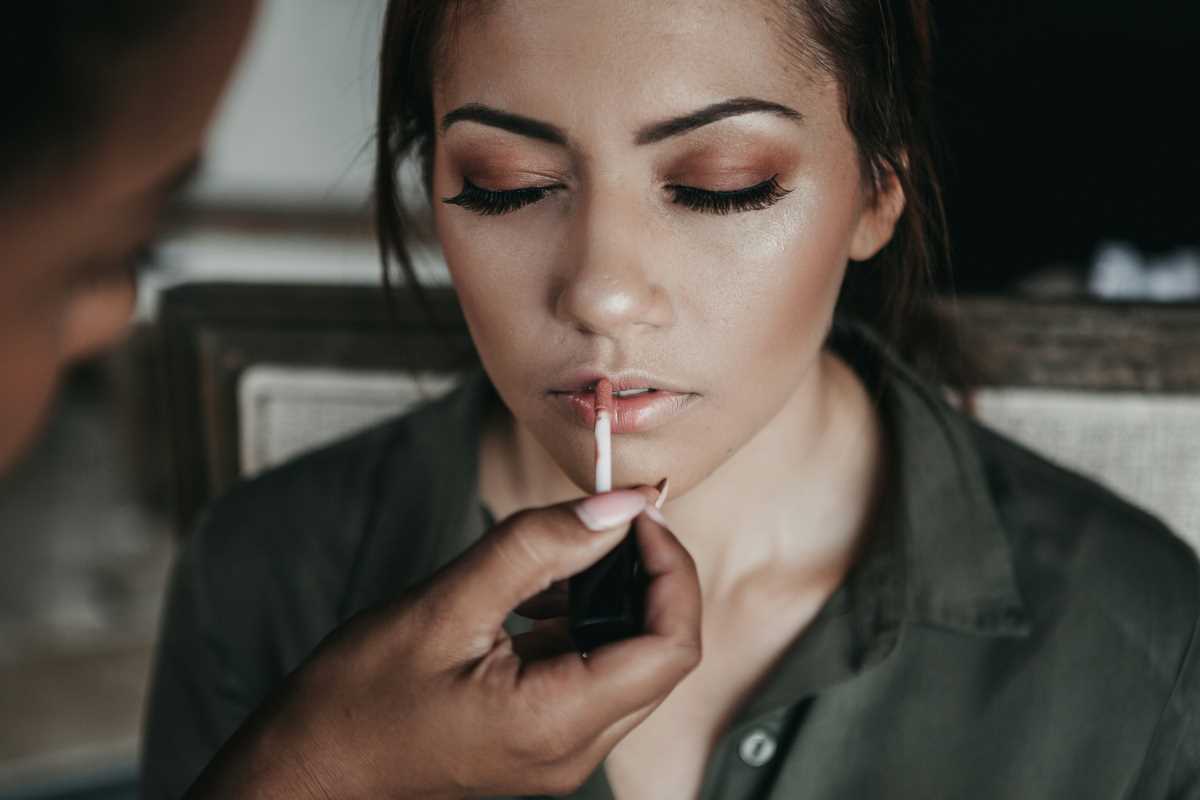The concept of business casual can be somewhat flexible depending on your workplace, but it generally strikes a balance between formal and relaxed attire. Unlike strictly formal dress codes, business casual allows you to incorporate personal flair while maintaining a polished appearance. Staples typically include slacks or chinos, collared shirts, and optional layers like blazers or cardigans. Avoid overly casual items like graphic tees, distressed denim, or athletic wear. Instead, focus on pieces that convey a sense of sophistication without appearing overly dressed up.
Key Elements of Business Casual:
- Slacks or chinos: A staple that’s more refined than jeans but still comfortable and versatile.
- Button-up shirts: These shirts offer a clean, polished look and can be styled with or without a blazer.
- Blazers and sweaters: Perfect for adding layers that bring warmth and style to your outfit.
- Smart shoes: Opt for loafers, brogues, or oxfords that give a polished finish to your look.
1. The Power of Fit: Ensuring Clothes Look Tailored and Professional
Fit is the foundation of a polished look. Ill-fitting clothing, whether too tight or too loose, can undermine your appearance and affect how you’re perceived. Well-fitting clothes boost your confidence, helping you look sharp and put together.
Tips for Getting the Perfect Fit:
- Shirts: Look for a fit that tapers slightly at the waist to avoid excess fabric. The shoulder seams should align with your shoulders, giving a clean silhouette.
- Trousers: Choose a straight or slim fit that provides comfort and structure. The length should hit right at the top of your shoe to avoid bunching.
- Blazers: A blazer should hug the shoulders and allow for movement. Buttoning should be comfortable without pulling, and sleeve length should reach just above the wrist.
When in doubt, consider having key pieces tailored. A professional tailor can make subtle adjustments that transform an outfit, giving it a custom look that enhances your overall style.
2. Choosing Quality Fabrics: Investing in Comfort and Durability
High-quality fabrics are essential for achieving a refined, comfortable look. Not only do they tend to drape better, but quality materials also hold up well with frequent wear, making them a smart long-term investment. Natural fibers like cotton, wool, and linen offer breathability and maintain their shape, ensuring you stay comfortable throughout the day.
Tips for Selecting Fabrics:
- Wrinkle-resistant fabrics: Look for options that maintain a neat appearance, especially if you’re often on the move or attending meetings.
- Seasonal choices: Consider cotton or linen for warmer months and wool or cashmere for cooler weather. These fabrics help regulate temperature, adding both style and functionality.
3. Mastering Color Coordination: Balancing Neutrals and Accents
A cohesive color palette reflects thoughtfulness and attention to detail. Neutrals are versatile and can form the backbone of a business casual wardrobe, while pops of color add interest and personality.
Tips for Color Coordination:
- Neutral bases: Shades like navy, gray, black, and white create an elegant canvas that’s easy to mix and match.
- Accents: Introduce color subtly through accessories or under-layers. Ties, pocket squares, and even socks offer a low-commitment way to experiment with brighter colors.
- Complementary tones: Consider your skin tone when choosing colors. Warmer tones pair well with earth shades like olive and rust, while cooler tones look sharp in blues and grays.
4. Building a Versatile Wardrobe: Essential Pieces That Work Together
A versatile wardrobe allows for multiple outfit combinations, maximizing your clothing options. Invest in high-quality essentials that are easy to style and can be worn in various contexts.
Core Wardrobe Pieces:
- Navy blazer: This timeless piece can be dressed up or down and works well with most colors.
- Chinos: A reliable alternative to jeans, chinos are comfortable and sophisticated, suitable for almost any occasion.
- Oxford shirt: Whether paired with chinos or layered under a sweater, an Oxford shirt is a workhorse in business casual attire.
- Knit sweater: Ideal for layering, a fine-knit sweater adds texture and warmth, creating a polished look when layered over a collared shirt.
5. Choosing Accessories Wisely: Adding Personality without Overdoing It
Accessories provide an opportunity to personalize your look, adding detail without being distracting. Quality, understated accessories elevate your outfit and show attention to detail.
Accessory Tips:
- Watches: A classic watch is a subtle, stylish addition. Choose a timepiece that complements your style, whether leather or metal-banded.
- Belts: Match your belt to your shoes for a cohesive look. Leather belts in black or brown are versatile choices that work with most outfits.
- Bags: Opt for a sleek leather briefcase or a minimalistic messenger bag. Avoid overly casual bags, as they can detract from a professional appearance.
6. Grooming and Hygiene: Essential for a Polished Look
No outfit is complete without proper grooming. Clean, well-maintained grooming reflects professionalism and respect for your workplace environment. Take time to ensure your hygiene and grooming are on point.
Grooming Tips:
- Facial hair: If you have facial hair, keep it well-groomed and trimmed. A neat beard or clean-shaven look enhances your appearance.
- Scent: Choose a light, fresh cologne or aftershave. A subtle scent adds a touch of sophistication without being overpowering.
- Shoes: Clean and polish your shoes regularly. Scuffed or dirty footwear can ruin an otherwise polished outfit.
7. Avoiding Common Business Casual Pitfalls
Certain missteps can detract from the overall effect of your outfit. By steering clear of these common mistakes, you’ll maintain a sharp, professional appearance.
Mistakes to Avoid:
- Too casual: Avoid overly casual items like T-shirts, athletic wear, or worn jeans. These pieces clash with the polished image you’re aiming for.
- Poor fit: Oversized or tight clothing can undermine an otherwise professional look. Invest in tailoring if needed.
- Pattern overload: Stick to one pattern per outfit, or ensure they’re complementary if mixing. Excessive patterns can look chaotic and detract from your overall style.
8. Expressing Personal Style within Business Casual
Business casual doesn’t have to be bland. Infuse personality into your wardrobe by incorporating unique elements that reflect your tastes, whether through color, texture, or accessories.
Personal Style Tips:
- Patterns: Subtle checks or stripes on a shirt or tie can add interest to your outfit.
- Textures: Experiment with textured fabrics like tweed or herringbone in blazers or sweaters.
- Color accents: A colorful pocket square, bold socks, or a statement watch strap can inject individuality without breaking the dress code.
9. Example Outfit Combinations for Inspiration
Here are a few outfit combinations to get you started on building your business casual wardrobe:
- Classic Ensemble: Navy chinos, a white Oxford shirt, and a gray blazer. Add brown leather loafers and a matching belt for a timeless look.
- Modern Twist: Slim-fit khakis with a patterned button-up shirt and a navy knit sweater. Complete the look with minimalist sneakers for a contemporary yet professional style.
- Layered Look: Dark jeans, a chambray shirt, and a textured blazer. A bold tie or pocket square adds character.
Building a solid business casual wardrobe is about creating a polished, professional appearance while allowing room for personal expression. By focusing on fit, quality, and thoughtful styling, you can achieve a look that reflects confidence, professionalism, and individuality.
 (Image via
(Image via